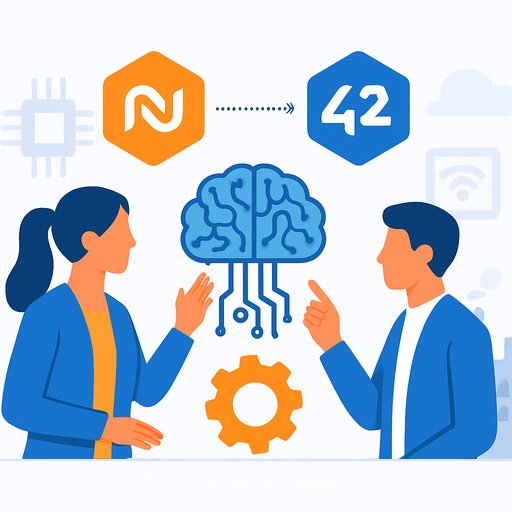Agentic QA™ brings human-AI synergy to testing so product teams can ship with confidence
Release cycles keep getting shorter. Testing time doesn't. That's why EPAM Systems (NYSE: EPAM) introduced Agentic QA™, an AI-native approach that blends autonomous agents with expert oversight to keep quality high without slowing delivery.
Agentic QA sits inside EPAM's AI/Run™.Tools as Testing as a Service. It's built to cut lead time, widen coverage, and trim testing effort, especially when traditional automation is brittle and manual testing can't scale.
What's different about Agentic QA
It bridges scripted automation and manual exploration with an Adaptive Regression capability. Tests adjust in real time to UI shifts, complex user paths, and changing states-without constant script maintenance. Functional and non-functional checks run together for a fuller view of product health.
The system learns from production signals and EPAM's decade of crowd-testing experience. Humans guide priorities and edge cases; agents do the heavy lifting. The result is a scriptless, resilient testing experience with a new "vibe" that feels practical, not rigid.
Why product teams should care
- Faster releases: Less test rework, fewer flaky failures, smoother CI/CD runs.
- Lower cost to change: UI tweaks don't break everything; maintenance drops.
- Higher coverage: Core flows, long tails, and non-functional needs get exercised together.
- Better signal quality: Actionable insights instead of noisy failures.
- Elastic capacity: Scale testing up or down as roadmaps shift.
How it works (at a glance)
- Discover: Map critical paths, risks, and quality gates from your backlog and telemetry.
- Generate: Create agentic test missions and validations-minus heavy scripting.
- Execute: Agents move through real user flows and states across environments.
- Assess: Functional and non-functional checks run in context with clear pass/fail reasons.
- Learn: Signals feed back into the model and your test suite for continuous improvement.
- Oversee: SMEs review edge cases, refine heuristics, and lock in guardrails.
Where it fits best
- Web and mobile apps with frequent UI updates.
- Complex user journeys that cross services or channels.
- Teams battling flaky tests, high maintenance, or coverage gaps.
- Programs that need both functional checks and non-functional assurance (e.g., performance, reliability, accessibility).
Proof points and industry context
Analysts continue to call out AI-driven test automation as a core capability for engineering leaders. As highlighted by Gartner's research on building test automation practices, the shift is underway and picking up speed.
What to do next
- Pick one high-impact flow (checkout, onboarding, quote-to-bind, etc.) and run a 2-4 week pilot.
- Define success upfront: lead time, escaped defects, flaky rate, coverage, and maintenance hours.
- Integrate with CI/CD and quality gates; keep humans in the loop for prioritization and guardrails.
- Scale by domain, not by app-reuse patterns and heuristics across similar journeys.
Learn more
See how EPAM approaches AI-native testing and TaaS with Agentic QA:
If your team is building skills for AI-assisted testing and product workflows, explore curated courses by role:
Your membership also unlocks:






